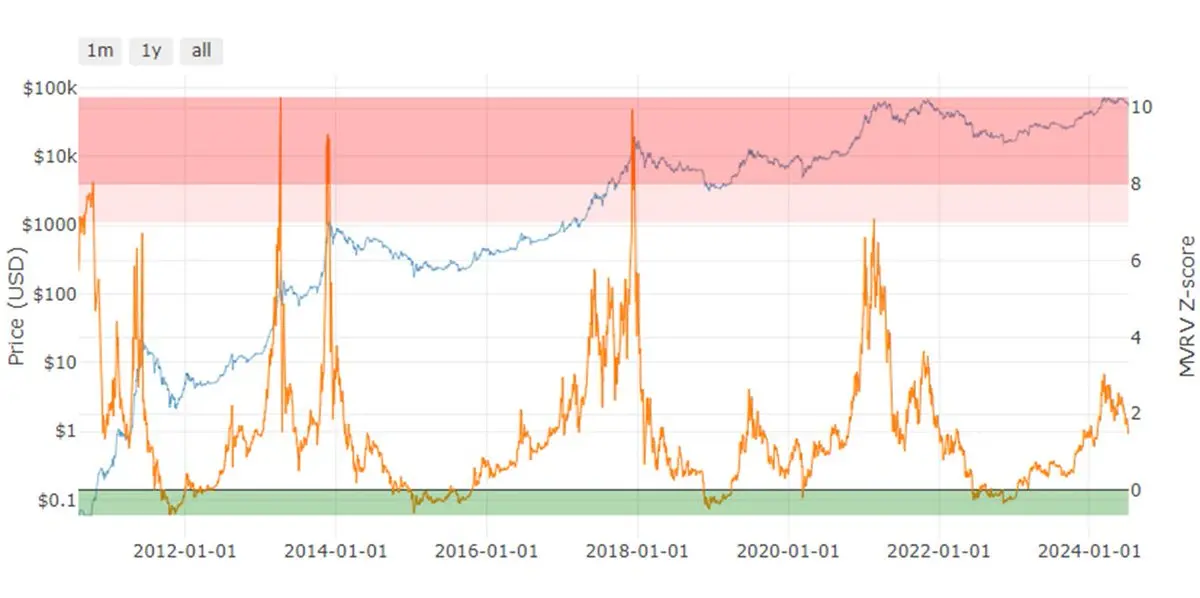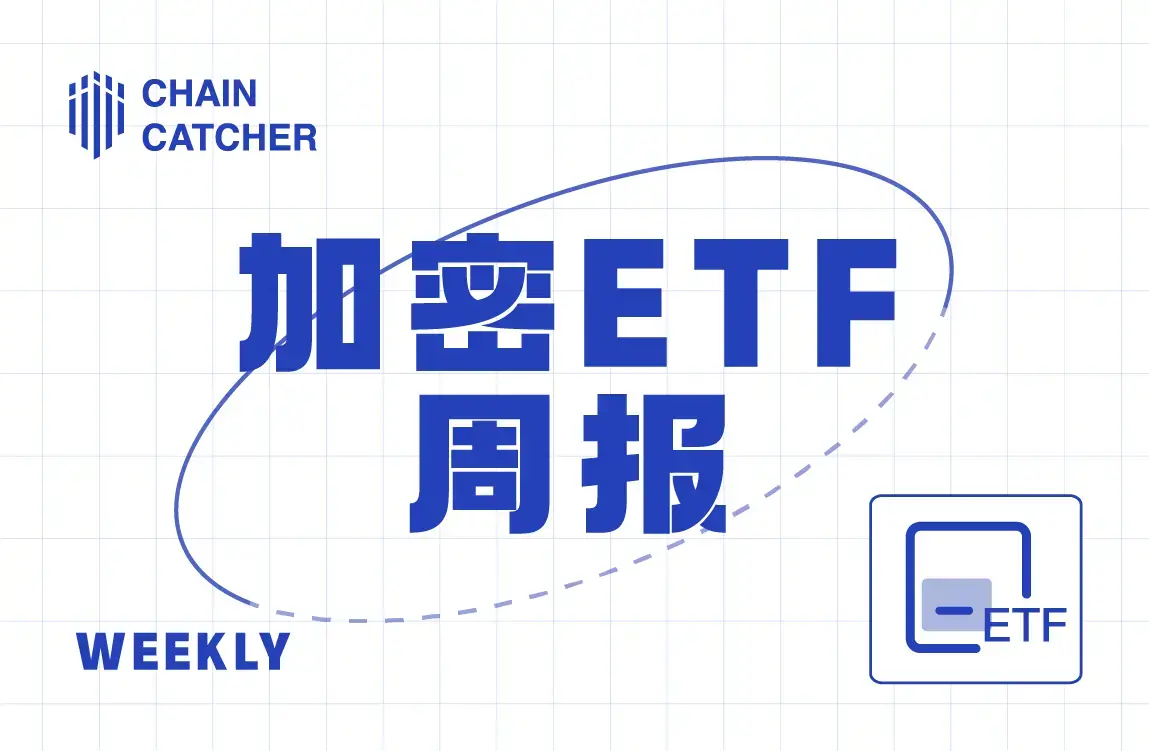5 Big Reasons to Buy the Dip Now: Analyzing Bullish Signals in the Crypto Market
Original Title: 《Where are we in the current crypto cycle and where do we go from here?》
Author: Tom Dunleavy
Compiled by: Joyce, BlockBeats
Editor's Note: The impact of the U.S. and German governments selling coins and the Mt. Gox case on the market is gradually coming to an end, and community sentiment has hit rock bottom. Where should the crypto market head next? There are many factors to consider in this process. The author of this article, Tom Dunleavy, remains optimistic about the future market, believing that the current crypto market is at a historical turning point, with significant potential for Bitcoin, and that market fluctuations are merely temporary adjustments.
Unlike general simple bullish statements, Tom Dunleavy provides specific reasons for his bullish outlook from the perspectives of technical indicators, macro liquidity, and market structure, and offers his analysis of potential new crises in the crypto market. Readers with either bullish or bearish attitudes can gain insights from this article.
In this article, I will discuss:
Current Market Status: We are at a historical turning point, with significant potential for Bitcoin, and market fluctuations are temporary adjustments.
Outlook for the Next 18 Months: Increased global liquidity and institutional capital inflows will continue to drive the market, with promising prospects.
Investment Advice: Choosing promising sectors and early-stage projects is crucial, with a focus on careful investment.
In short, you are not optimistic enough.
After Large-Scale Deleveraging, the Market is About to Launch
First, let’s review the current market situation. The expectation that the U.S. will soon approve Bitcoin ETFs has sparked a wave of enthusiasm in the fourth quarter of 2023, marking the beginning of this cycle. In the first half of 2024, the market attracted about $15 billion in new capital inflows. Notably, the launch of the Ethereum ETF on May 23 caused prices to surge by over 30%. Although there has been a pullback in recent weeks, this is merely normal volatility within the cycle and should not be overly concerning.
At the same time, we also experienced a large-scale deleveraging event. At the end of the second quarter, nearly $1 billion in assets were liquidated over a single weekend. While this may seem alarming, it actually helps the market shed the burden of excessive leverage, making it healthier and more stable.

Key Indicator: MVRV
Let’s take a look at a very important market indicator—MVRV, which stands for Market Value to Realized Value ratio. This ratio is an important reference for assessing whether the market is overvalued or undervalued, and it is the most reliable indicator for signaling BTC shorting or overselling situations. Currently, the MVRV ratio for BTC is 1.5, indicating that the market is relatively undervalued.
With a significant amount of leverage cleared from the market, the current low MVRV value suggests that there is potential for further upward movement. Historical data shows that when the ratio exceeds 4, it often signals a sell; while below 1, it is a good time to buy. Therefore, from this perspective, Bitcoin has considerable room for future growth.

Positive Stimulus from Global Liquidity
Global liquidity is a key driver of market cycles. It is well-known that the stimulus policies of central banks and governments around the world have a profound impact on the market, especially in the U.S. As the largest economy globally, changes in U.S. policy are crucial for the market. Currently, the market expects that the Federal Reserve may cut interest rates twice this year, with Citibank even predicting up to eight cuts within the next 12 months. This will significantly increase market liquidity, which is undoubtedly good news for the cryptocurrency market.
Focusing on liquidity, the institution crossbordercap has called for a liquidity growth rate of 20% in the second half of 2024. Additionally, the Swedish and European central banks have also indicated that they will begin to ease monetary policy. Such policy changes will inject more funds into the market, driving up the prices of risk assets.

Impact of the Election Cycle
The impact of the election cycle on the market cannot be overlooked. During election years, government spending tends to increase, which is a positive signal for the market. Particularly, the incumbent government usually ramps up direct and indirect spending during the campaign, which often leads to strong market performance at the beginning of the year, a slight calm in the summer, and a rebound in the second half of the year. The 2024 election cycle is no exception, with expectations for strong market performance in the second half.


New Buying Power from FTX
We also have additional bullish catalysts, with the $12 billion to $14 billion in FTX claims expected to flow into the market in October and November 2024. This will inject a large amount of new capital into the cryptocurrency market, further driving up market prices. For investors, this is undoubtedly very positive news.

The "Halving" Tradition
At this point, we cannot overlook past lessons. Historically, the cryptocurrency market tends to follow a four-year cycle centered around Bitcoin halving. In the first year after halving, the market rises rapidly; in the second year, the growth rate begins to slow; in the third year, prices generally remain stable; and in the fourth year, prices tend to drop sharply. Prices usually peak about 500 days after halving. If this cycle follows the same pattern, the market may peak around October 2025.
From this "tradition" perspective, we are still in the early stages of the cycle, and before the rapid rise in the next 12 months, the market is expected to remain relatively calm in July and August.

Navigating This Bull Market Without Being Stuck in the Past
While we believe the overall market will follow previous cycles upward, there are indeed some subtle differences in this cycle.
Market Variables Not to Be Ignored
Impact of Institutional Entry
In this cycle, we have seen some new factors. First, the influence of institutional products is growing. Since the approval of Bitcoin ETFs, the market has attracted over $15 billion in capital inflows. Moreover, currently, only about 25% of U.S. financial advisors can recommend these products to clients, indicating significant room for future growth.
Gold ETFs have seen net inflows for five consecutive years after approval, so we can expect Bitcoin ETFs to continue attracting capital inflows. This will help reduce market volatility and extend the duration of the cycle.
More Tokens and Greater Supply Backlog
Secondly, the number of tokens available for purchase has increased dramatically. In 2021, there were about 400,000 tokens in the market, and now that number has exceeded 3 million, with 100,000 new tokens added daily. Additionally, there are a large number of tokens unlocked from previous issuances; in July alone, tokens worth $350 million were unlocked. Such an increase in supply will undoubtedly impact the market.
There are also many private projects preparing to go public. These projects are expected to conduct token generation activities in the fall. Over 1,000 projects funded in 2023 and early 2024 have yet to issue tokens, with total supplies expected to reach billions of dollars. The issuance of these new tokens could have a significant impact on the market.
Macroeconomic Conditions
The macroeconomic conditions in the U.S. also have a significant impact on the market. Currently, the unemployment rate in the U.S. remains low, inflation continues to decline, unemployment claims are steady, and wage growth is stagnant. These factors provide the Federal Reserve with reasons to cut interest rates. We expect to see rate cuts in 2024 and 2025, which will lower corporate capital costs, reduce consumer debt rates, and provide more funds for risk assets.
VC Reserve Capital
In 2021 and 2022, several cryptocurrency-focused funds raised over a billion dollars. These funds typically have a 3-4 year capital deployment timeline. Due to the impact of FTX, many funds were cautious in their investments at the end of 2022 and early 2023. However, the recent market rally has surprised many venture capital firms, leading to a significant amount of reserve capital being on the sidelines in this cycle. Many reserves are being actively deployed in the first and second quarters of 2024.
Clearer Regulatory Environment
Finally, changes in the regulatory environment have also had a significant impact on the market. While upcoming regulations may be controversial, clear rules can reduce market uncertainty. The EU's MiCA has already been initiated, and the U.S. has several bills regarding market structure, banking services, and stablecoins. If the Republican Party wins the presidency and the Senate, these bills could be rapidly introduced in the first quarter of 2024.
How to View This Cycle?
Longer and Less Volatile
Overall, we believe this cycle is likely to be longer and less volatile than previous cycles. Major assets will lead the way, and the substantial reserve capital from venture capital firms will support a range of new projects, but we still need new net buyers to support more assets. Although we have gained many buyers through ETFs, these buyers are unlikely to be on-chain users supporting the valuations of other tokens.
Major Assets Leading, "Altcoin Season" No Longer
We expect that in this cycle, major assets will lead, while the volatility of long-tail assets will be greater. Many top assets may be included in institutional-grade products. Compared to previous cycles, many small or emerging protocols will go to zero as competition for capital intensifies. In this cycle, investment and performance in long-tail protocols will show significant divergence.
Selection and Focus are Crucial
In this cycle, asset selection is more important than ever. The previous "net fishing" approach is no longer effective. Due to the increase in supply, attention is almost as important as fundamentals (and in some verticals, even more so). Investors should focus on vertical fields and protocols in the seed and Series A stages.










